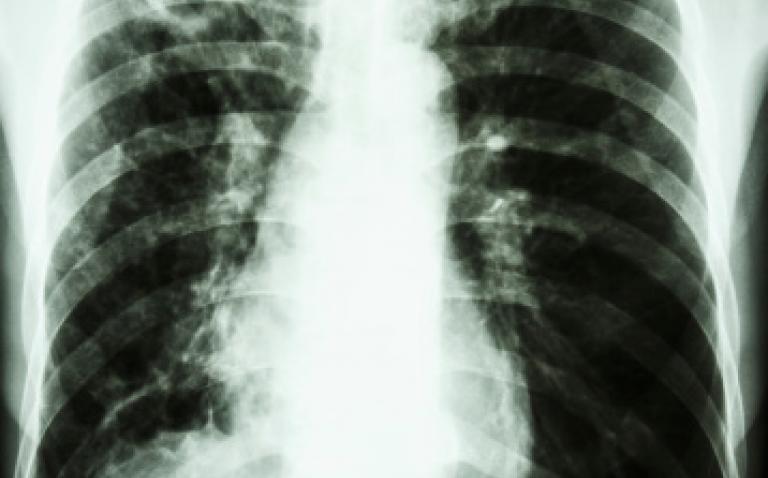A small proportion of patients (about 5% of people with asthma) are unable to get good control of their asthma despite using optimal asthma medicines. (2) Many people in this group have difficulty breathing almost all of the time, as well as frequent serious, life-threatening asthma attacks needing hospital admissions. (2)
The number of centres offering bronchial thermoplasty has grown considerably in the UK with around 125 patients treated across 11 centres of excellence since BT was first commercially introduced in the UK 3 years ago, but it is estimated that around 250,000 patients could benefit from this procedure in the UK.
Bronchial thermoplasty uses short pulses of radiofrequency energy to reduce excessive airway smooth muscle decreasing the ability of the airway to constrict, thereby reducing frequency and severity of asthma attacks. (3,4) Fewer asthma attacks means less need for the associated oral steroid treatment—and the related side effects. Furthermore in a clinical study at one year:
- 79 percent of asthma sufferers treated with bronchial thermoplasty noted a significant improvement in their asthma-related quality of life. (3)
- A 32 percent decrease in severe asthma attacks. (3)
- An 84 percent reduction in asthma-related Accident and Emergency (A&E) visits. (3)
- 66 percent fewer days lost from work, school and daily activities. (3)
The reduction in exacerbations and A&E visits were shown to extend through a five-year follow-up period. (4)
The updated ‘SIGN 141 British Guideline on the management of asthma’ guideline states that:
- Assessment and treatment for bronchial thermoplasty should be undertaken in centres that have expertise in the assessment of difficult to control asthma and in fibreoptic bronchoscopic procedures.
- The balance of risks and benefits of bronchial thermoplasty treatment should be discussed with patients being considered for the procedure.
- Longer-term follow up of treated patients is recommended.
- Further research is recommended into factors that identify patients who will or will not benefit from bronchial thermoplasty treatment. (1)
References
- British Thoracic Society and the Scottish Intercollegiate Guidelines Network. British Guideline on the Management of Asthma, 141, 2014. Available online at http://www.sign.ac.uk/index.html.
- Asthma UK. Severe asthma. Available online at http://www.asthma.org.uk/advice-severe-asthma.
- Castro M et al for the AIR2 Trial Study Group. Effectiveness and safety of bronchial thermoplasty in the treatment of severe asthma: a multicenter, randomized, double-blind, sham-controlled clinical trial. American Journal of Respiratory Critical Care Medicine. 2010; 181:116–24.
- Wechsler M et al. Bronchial thermoplasty: Long-term safety and effectiveness in patients with severe persistent asthma. Journal of Allergy and Clinical Immunology. 2013 Dec;132(6):1295-302.










